Music Coming from my Chimney?

It’s always interesting to learn what’s been on everyone’s priority list. Interesting to find out that projects around the house has been the #1 task. I guess if we’re stuck inside, best to make our time useful. The #1 task for this past week? Outdoor holiday lights.
Saturday’s are the day to make the round of Zoom calls. The Pandemic has given me reason to connect with family and friends that live far away and out of State. I’ve enjoyed it, I must admit, keeping in touch more than just the annual holiday card.
Of course, there was a chimney or a fireplace story amongst the callers. A friend, located in the Chicagoland area, spent time Saturday decorating the tree with the kids. They made it special by listening to Christmas music and attempting to sing along to the words. As the rain came down, and the music played, he realized there was another rhythm playing in the background. A steady rhythm too. Because it was a consistent beat, he didn’t think anything of it…until they were done decorating and turned off the music.
As he usually does on a Saturday night, he went to the fireplace to start a cozy warm fire. Eh…maybe not today. He found his fireplace with a puddle of water.
Ah. The extra rhythm.
So how did it get into his fireplace? Water is a very intelligent form of nature. It finds the smallest of places, sneaks inside, and decides which path on the indoor maze it should take. Let’s take the obvious.
Chimney Flashing
There is a purpose for chimney flashing. It keeps water from entering where the chimney meets the roof. Because it isn’t seamless from the chimney to the roof, the flashing needs to act as that sealant. However, flashing adheres to the brick with caulk. As we know with our kitchen and bath, caulk doesn’t last forever. That’s one of the reasons to have your chimney checked each year.
Chimney Crown
The chimney crown is a cement slab on top of the chimney. This helps keep rain and snow from entering your home. Just like a sidewalk or driveway, cement cracks. When it does, water knows how to take advantage and find its way in.
Chimney Cap
It’s the most obvious, especially if you’ve read a few of our articles. A chimney cap not only keeps rain and snow, but critters, leaves and debris.
Mortar Cracked or Missing
This is one that is not so obvious looking from the ground up… Mortar, or the filling in between bricks, can crack and pieces of the mortar can fall out. When this happens, water will find its way in.
Save the Chimney with Chimney Saver
One way to help preserve the chimney and slow down the deterioration of the brick and mortar is with Superior Chimney’s Chimney Saver. It seals or waterproofs the chimney, repelling water and snow.
Schedule an appointment for a chimney inspection and sweep so you’re ready when the big snow comes…or even more rain. Call today at 877-244-6349.
This post first appeared on https://www.superiorchimney.net
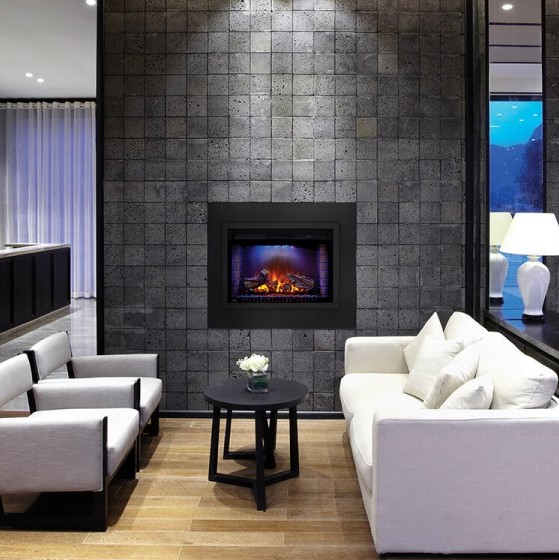 Rental property landlords need to regularly maintain and update their properties to remain competitive and maximize rental income. Like wood flooring and stainless-steel appliances,
Rental property landlords need to regularly maintain and update their properties to remain competitive and maximize rental income. Like wood flooring and stainless-steel appliances, 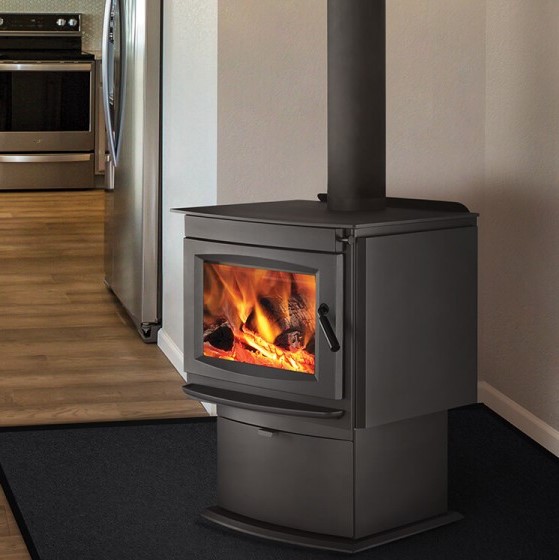 Rental Agreement
Rental Agreement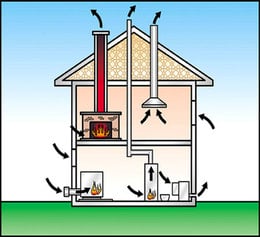

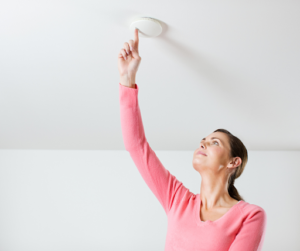 smoke builds up in your fireplace and it will of course alert you in case of any kind of fire. Your carbon monoxide detector will let you know if there is a leak in your home which is essential, given that carbon monoxide is odorless and deadly.
smoke builds up in your fireplace and it will of course alert you in case of any kind of fire. Your carbon monoxide detector will let you know if there is a leak in your home which is essential, given that carbon monoxide is odorless and deadly.
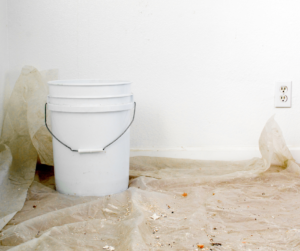
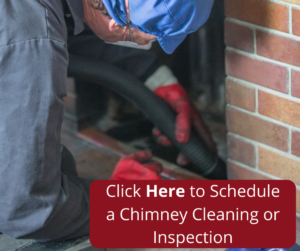
 A chimney without a chimney cap is like a house with no roof. Your chimney is, of course, an exit route for combustion gases. But, without a chimney cap, your chimney is also an open invitation for various unwanted elements that get inside. If there is no chimney cap covering your flue pipe, experts recommend that you contact a qualified chimney sweep without delay. Your
A chimney without a chimney cap is like a house with no roof. Your chimney is, of course, an exit route for combustion gases. But, without a chimney cap, your chimney is also an open invitation for various unwanted elements that get inside. If there is no chimney cap covering your flue pipe, experts recommend that you contact a qualified chimney sweep without delay. Your  Downdrafts are blasts of cold air that can enter your home and cause your heating costs to rise. Chimney caps prevent downdrafts.
Downdrafts are blasts of cold air that can enter your home and cause your heating costs to rise. Chimney caps prevent downdrafts.